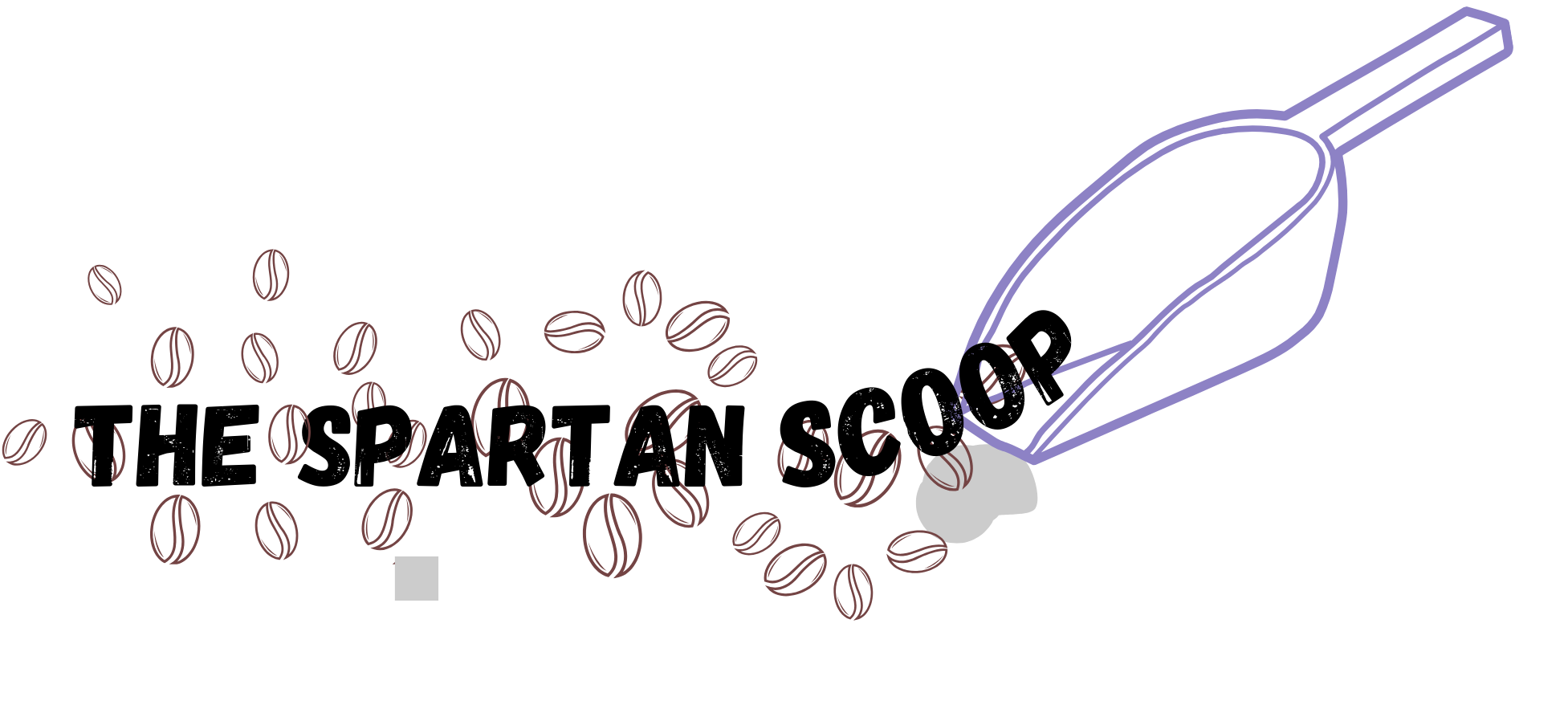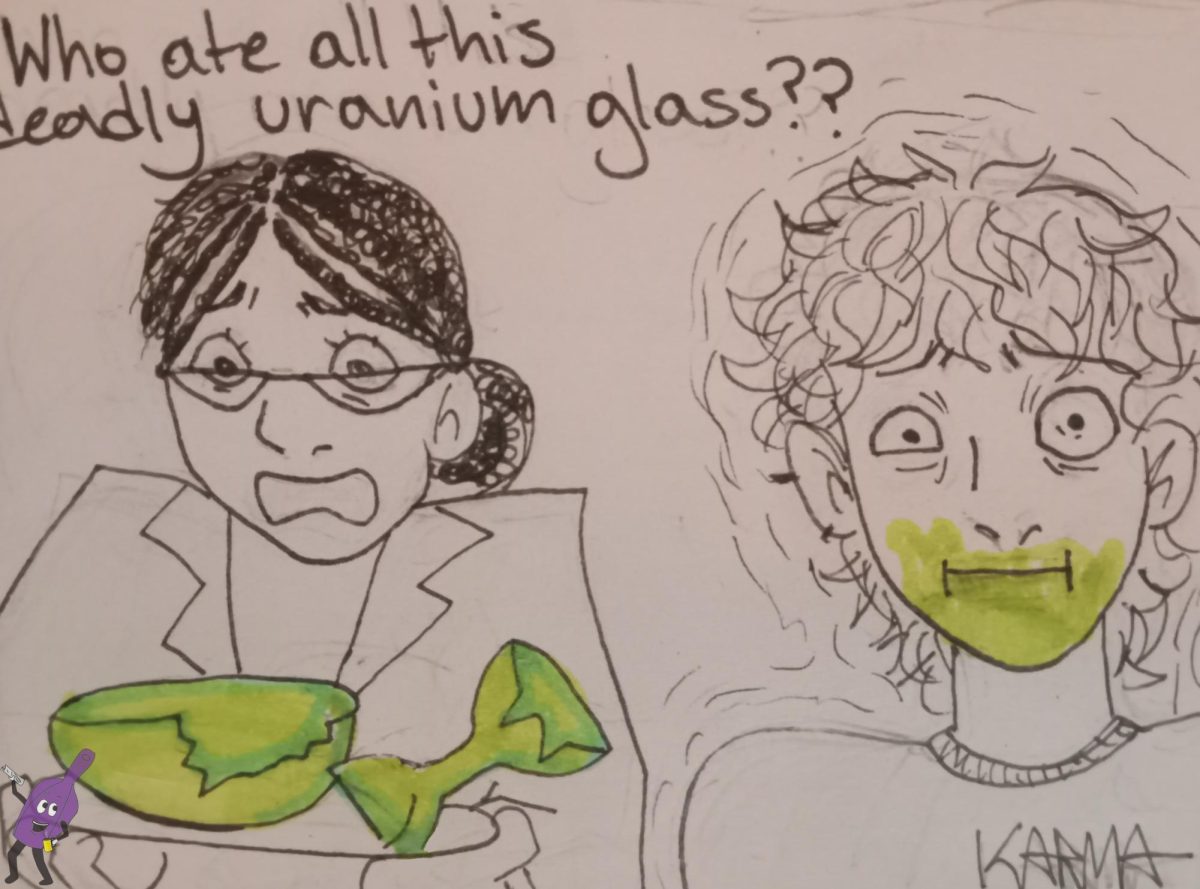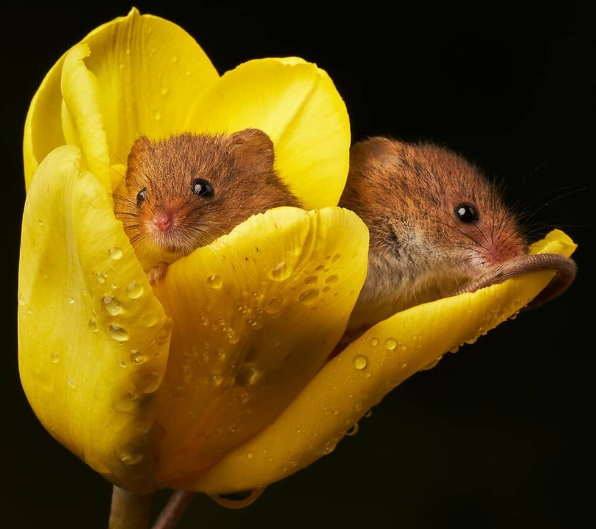You walk the aisles of your local thrift store wandering and perusing the piles of old toys, stained shirts, and seemingly dim glassware. As you repeat the process of picking up, inspecting, holding for a few seconds, and putting back down something catches your eye off to the side.
A woman at the end of your aisle has pulled a small flashlight from her pocket. She shines what appears to be a UV or blacklight on an old age glass candy dish, the kind you’d find on Grandma’s living room table. Curious, you continue to watch her only to notice the dish miraculously appears a neon green hue underneath the glow of the flash light. The woman beams with joy as she has just struck what some consider thrifting gold.
WHAT IS URANIUM GLASS?
Uranium glass, also known as vaseline glass, is exactly what it sounds like, glassware made with small amounts of the element Uranium (The Washington Post). This unique ingredient lends a bright green or yellow color to these art pieces that have been found all over the world.
The process that gives these works their glow stick like effect is using uranium oxide in the glass blowing or building procedure as a colorant.
UNDERSTANDING URANIUM
This unique ingredient lends a bright green or yellow color to these art pieces that have been found all over the world.
Uranium is known to be a naturally occurring compound and can be found many other places than just your kitchen cupboard. Energy.gov states that “Uranium occurs naturally in low concentrations in soil, rock and water, and is commercially extracted from uranium-bearing minerals such as uraninite.”
Uranium ranks 48th on the world’s most abundant elements list and is found bonded with many different components inside the Earth’s crust. This element is considered very heavy with it being “1.67 times more dense than lead.”
German chemist Martin Klaproth first discovered uranium in 1789 as he “…isolated an oxide of uranium while analyzing pitchblende samples from the Joachimsthal silver mines in the former Kingdom of Bohemia, located in present-day Czechia.” Klaproth named the element after the planet Uranus which had only been discovered eight years earlier, says Socratic.org. He chose the name as a tribute to the astronomical discovery.
IS IT SAFE?
While it may sound concerning to have a radioactive element in household items, the sparse amount of actual uranium in these glasses make them fairly harmless (House Beautiful). According to the Decorative Collective “…pieces are made with low levels of uranium, meaning anywhere from trace amounts to 2%. However, some pieces have been found to be made up of 25% uranium.”
Keeping this in mind the United States Environmental Protection Agency notes that these items and other radioactive antiques emit very small amounts of radiation over thousands of years. As uranium is a natural element and is present in many facets of life any risk related to uranium glass is low.
GREEN GLASS ORIGINS
Fifty years after uranium was first discovered, glass manufacturers began using it as a colorant. The first well known instance of this was in the 1830’s when glassmaker and chemistry professor, Josef Reidel, began experimenting with uranium (Decorative Collective). Reidel is now considered the inventor of uranium glass. He is also known for naming the different types of glasses after his wife. “He called the yellowish-green uranium glass Annagruen and the yellow Annagelb. Between 1830 and 1848, his factory in Bohemia made this glass.”
Over time this glass became increasingly popular with multiple factories putting it into production. In the late 1800s other chemicals were sometimes added to this glass to give it a bright yellow and sometimes milky looking shade, this is now called vaseline glass.
The glass hit its first peak in manufacturing in the 1890s when it was brought to the mass markets by companies like “Whitefriars Glass Company” (Decorative collective). Then, in the early 1940s production slowed as uranium was a key ingredient in making atom bombs and could not be spared as a natural resource (House Beautiful). After the war, uranium glass production picked back up with the ultimate height of its popularity being between 1958 and 1978.
The glass is still manufactured today but by very few companies as there are now more convenient means of coloring glass. That said, vintage uranium and vaseline glass can still be found all around if you know where to look.
HUNTING FOR URANIUM GLASS
Uranium glass has re-emerged in its popularity recently particularly among online thrifting communities. The biggest catalyst of this being a Facebook group called “Weird and Wonderful Secondhand Finds That Just Need to Be Shared,” with close to 3 million followers all excited about glassware (House Beautiful).
Those who seek these glowing artifacts find them in a variety of styles such as tea cups, necklaces, and old age vases. Aficionados searching for uranium glass objects have a few different tricks for finding their desired pieces. “…people often find uranium glass for sale as normal glassware, as sellers are not aware of what they have. This can mean that you can find uranium glass in thrift stores, charity shops, and other places for low prices” says the Decorative Collective.
Uranium glass hunters have also been known to roam with an ultra violet (UV) or blacklight device in hand to speed up the searching process. The Washington Post explains “If the item is glass, and fluoresces neon green under a black light, it contains uranium dioxide 100 percent of the time.”
You may also find pros with Geiger counters which are scientific instruments that can detect radiation according to the United States Nuclear Regulatory Commision. These two tools are known for providing the best aid to people searching for true uranium glass.
Malissa Nicholson, an administrator of the aforementioned thrifting Facebook group, explained to House Beautiful the thrill she receives from her glass collecting hobbies. “When you take a fairly mundane glass item and hit it with a black light to discover it actually has an intense green glow, it always takes your breath away just a little bit.”
For those looking to start a uranium glass display, The Washington Post suggests that collectors should be “prepared to pay” as prices can vary greatly depending on the seller’s knowledge of the item. Buyers can expect to spend as little as $100 or up to $1,000 depending on the age and distinctiveness of the piece.
A proper display is also recommended, possibly including blacklight strips so that pieces may shine and you can “show off your glowing treasures.”




